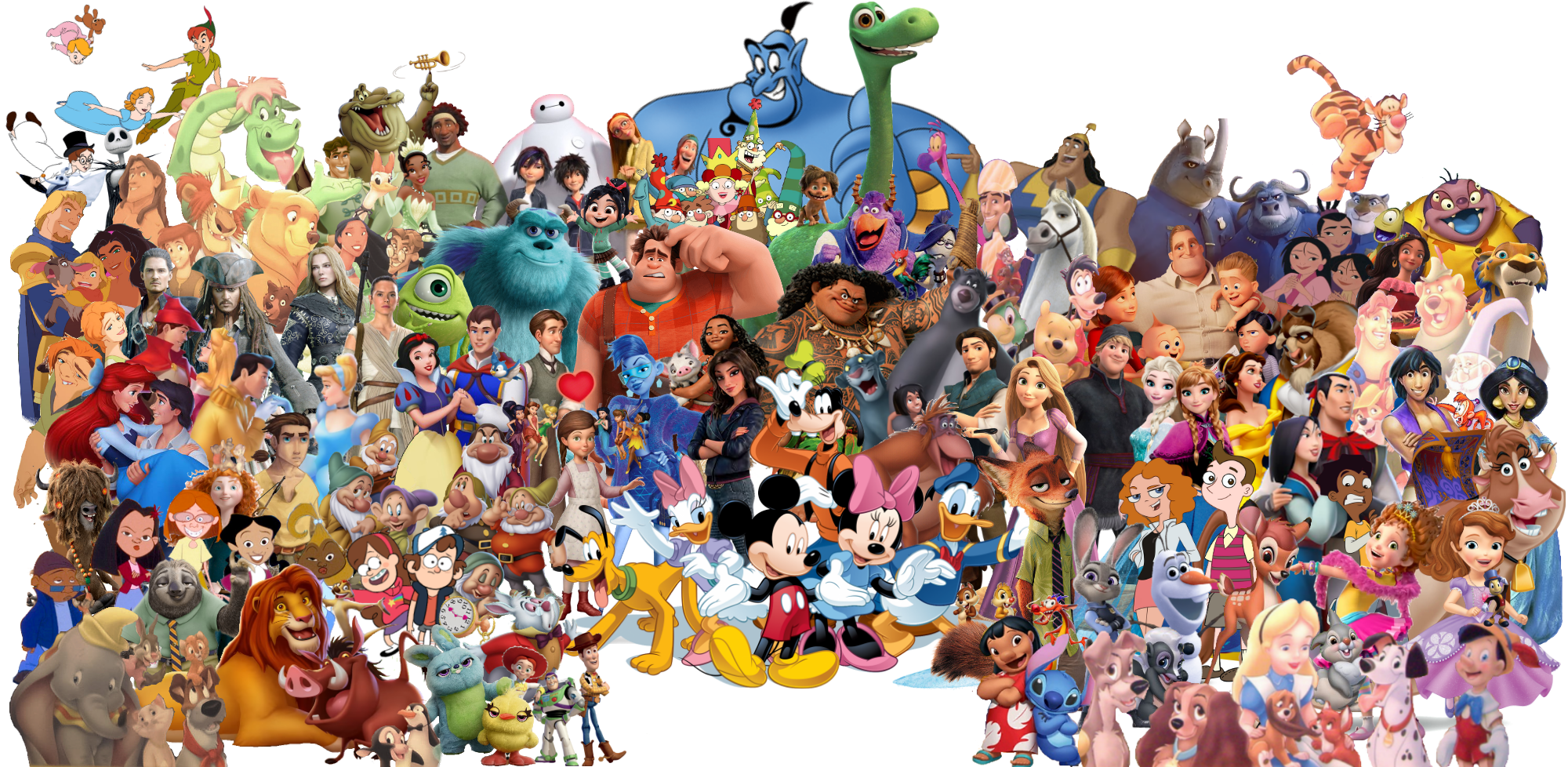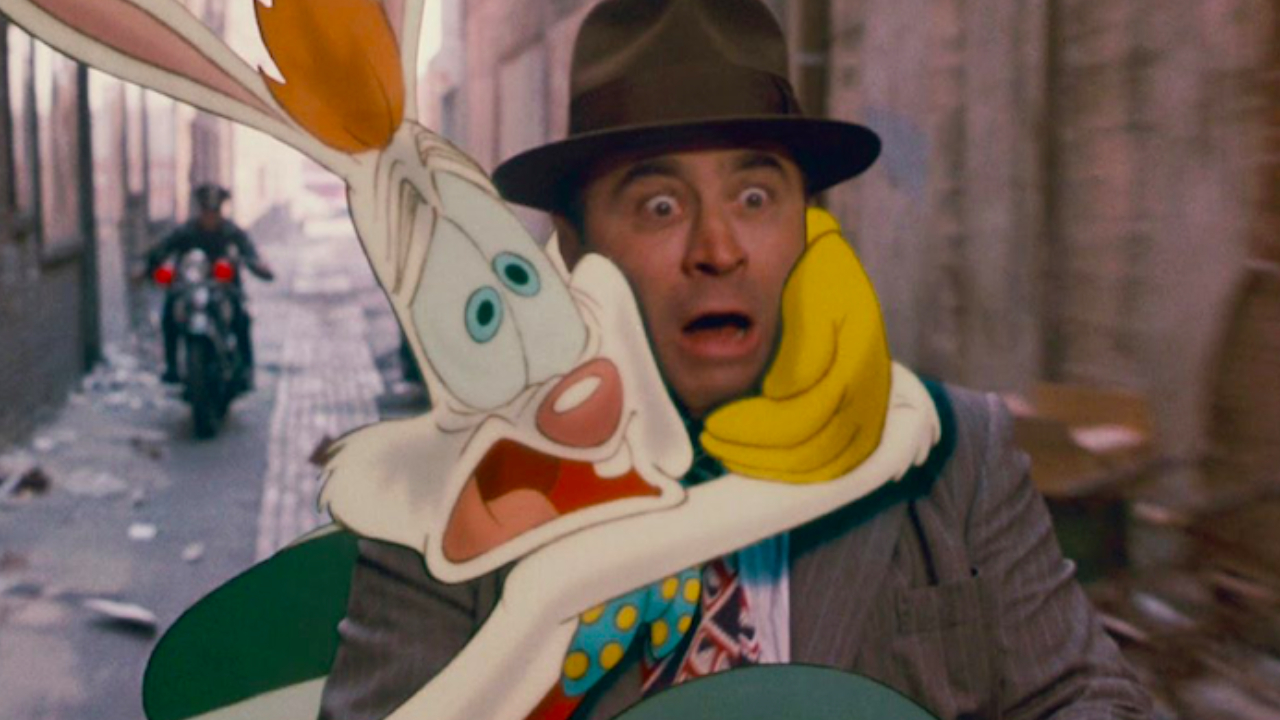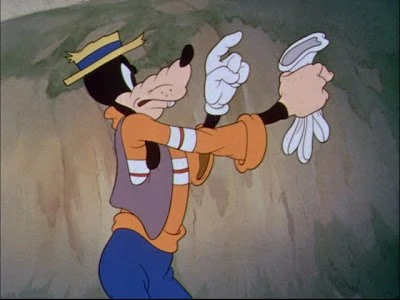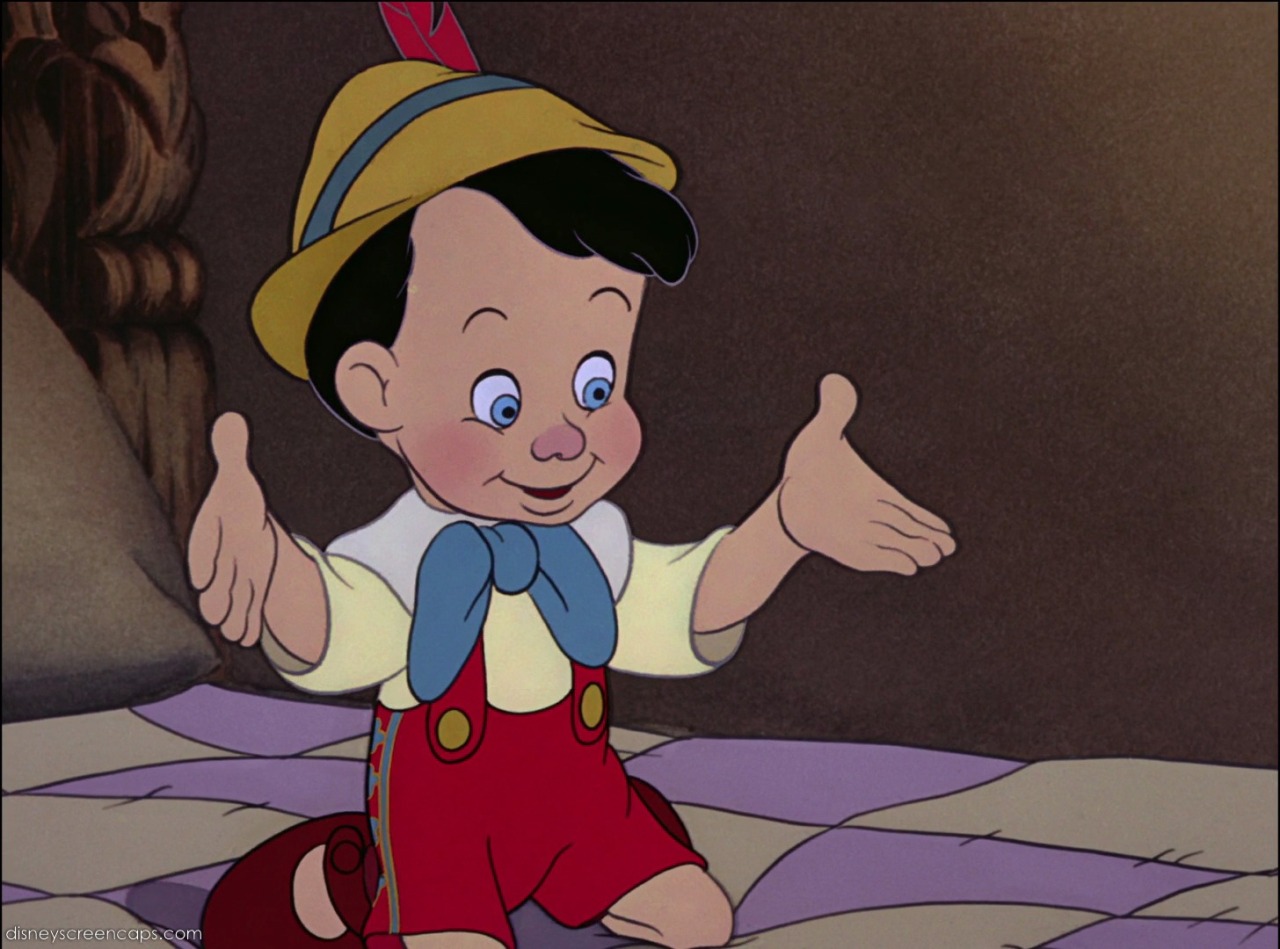
For almost 100 years, Disney has been bringing beloved characters to life, thanks to the magic of animation. What began as only a two-dimensional endeavor has been broadened to a three-dimensional approach, thanks to computer animation technology that literally allows animators to “create” characters–down to the look and feel of the characters’ fur, hair, clothing, and more.
Credit: AwesomeOKingGuy/DeviantArt
But while changes and advancements in animation have served to improve the quality of Disney’s animated offerings over the years, one thing has largely remained the same, and that’s the white gloves worn by most Disney characters.
Have you ever wondered why Mickey and Minnie (and a myriad of other Disney characters) wear those white, so-called “opera gloves?” We have too, so we decided to do some digging, and you know what? Those white gloves are not mere happenstance. Disney animators intentionally included them when drawing some of Disney’s most popular characters over the years.
But why? Let’s take a closer look.
Credit: Walt Disney Animation
Old school Mickey and Minnie didn’t wear gloves–not at first. But according to Disney Fandom, Walt Disney added the white gloves so that the motions of the characters’ hands could be seen more easily against the backdrop of the rest of their bodies, especially since everything was black and white in the early days of animation.
Credit: Disney Archives
The contrast in colors added by the white gloves was often necessary for storytelling purposes.
According to Distractify, there’s yet another reason that Disney’s animated characters wear those “toon gloves,” as explained by New York University animation professor John Canemaker. Well, sort of. And it wasn’t because of a clearance sale on white opera gloves for toons.
“Animation of any kind, even with computers, is a very work-intensive or labor-intensive process,” Canemaker said in an interview.
Canemaker said that in the early days of hand-drawn animation, many animators would take advantage of any methods available to save money. This included methods for completing animated projects more quickly and efficiently. One such method included drawing characters’ hands with rounded edges or simply with gloves.
Characters’ hands also often created problems for animators, not just for Walt Disney. As he had already noticed, a contrast was needed in black and white animated shorts. The positioning of fingers and hands on characters was often hard to see. The white opera gloves created the distinction required to allow the audience to see the positioning and dexterity in the characters’ hands.
Because characters like Mickey Mouse, Minnie Mouse, Goofy, and others were drawn with gloves for so long, even when color film made its debut, and the contrast was no longer necessary, the white gloves stayed on, as though they had become a part of the characters’ individual identities.
In fact, “toon gloves,” as they have come to be called, are now commonplace on the hands of many animated characters–and not just Disney’s. Warner Brothers animators draw white gloves on Bugs Bunny. Hanna-Barbera drew Tom from its Tom and Jerry franchise with gloves, though Jerry the mouse does not wear them.
It’s interesting to note that Disney characters Roger Rabbit and Jose Carioca don’t wear white gloves; their opera gloves are yellow, which makes sense with Roger Rabbit’s already-white fur. Jose, on the other hand, is green, so we’re not sure why Disney chose to animate him with yellow gloves.
Credit: Disney
Credit: Walt Disney Animation
Some Disney characters who wear opera gloves take them off from time to time, but it’s very rare to catch them in the act. (Perhaps they only remove their gloves when they aren’t on the proverbial stage–who knows?)
And the only scenario in all of Disney animation in which a character loses his gloves once and for all takes place in Disney’s Pinocchio.
Credit: Walt Disney Animation
When the little wooden puppet finally becomes a real boy, he loses his wooden appearance and gloves, revealing his hands as a real boy.
This post originally appeared on DisneyDining.com

 DisneyTips.com Your Guide To A Great Disney Vacation
DisneyTips.com Your Guide To A Great Disney Vacation













